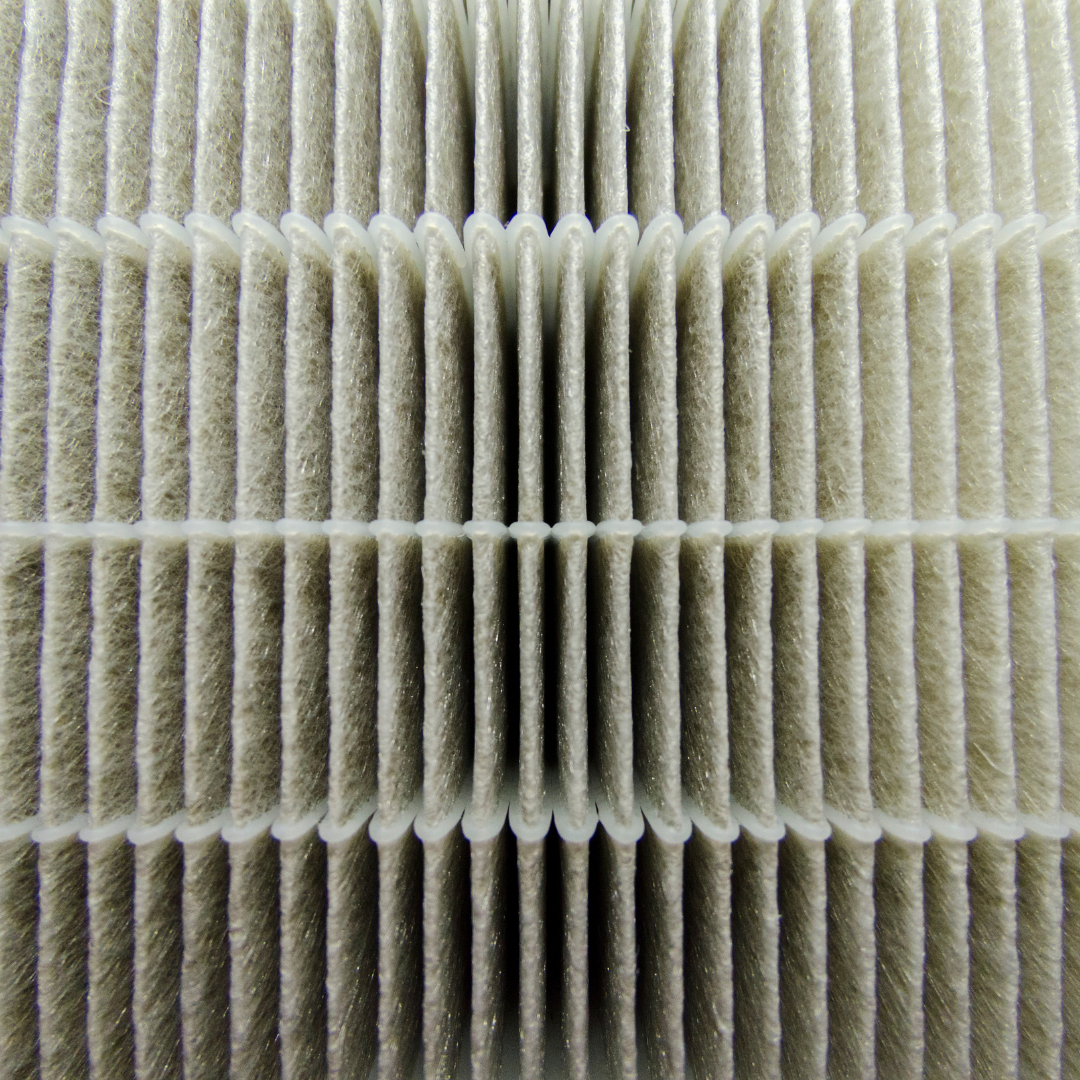What is a HEPA Filter And How Do They Work?
If you’re looking for an air purifier, you’ve most likely come across the word HEPA in relation to filtration. You may be curious what a HEPA filter is, or if you’ve heard of one, how it works. HEPA filtration is a popular and important type of air purification technology that must be studied in needed to make an accurate air purifier buying decision.
What Is A HEPA Filter?
HEPA is a short form for High-Efficiency Particulate Air, hence a HEPA filter is a High-Efficiency Particulate Air filter. Filters, whether for an air purifier or another purpose, come with a plethora of benefits and claims.
What distinguishes HEPA filters from the competition is that their claims go beyond mere assertions. Because a true HEPA filter must first be tested and authorized before it can be termed such, you know what to anticipate.
A HEPA filter must trap 99.97% of particulates 0.3 microns or larger, according to the Institute of Environmental Sciences and Technology. This is not to say that the filter cannot collect particles smaller than 0.3 microns; many HEPA filters do; it is just the threshold that must be met in order to carry the HEPA label.
What Is A Micron
Particles range in size from ultra-microscopic to observable with the naked eye. Particles are measured in microns, which are one-millionth of a meter. Consider that we cannot see anything smaller than 10 microns. This gives you a better sense of the size of a micron or less than a micron. Bacteria can range in size from 0.3 to 60 microns, with one inch equaling 25,400 microns.
How Do HEPA Filters Work?
Simply speaking, HEPA filters catch air pollutants in a sophisticated web of fibers. This can happen in four ways, depending on the particle size: Inertial Impaction, Diffusion, Interception, or Sieving
Larger pollutants are captured by inertial impaction and sieving. The particles either collide with the fibers and become imprisoned, or they become trapped while attempting to travel through the fibers. Medium-sized particles are intercepted by the fibers as they travel through the filter. Smaller particles are dispersed as they pass through the filter, finally colliding with fiber and becoming stuck.
Are HEPA Filters The Same?
Despite popular assumptions, not all HEPA filters are created equal. The composition and use varied significantly. Blueair, for example, employs HEPASilentTM particle filtration technology. The air is first ionized, which charges incoming particles with a negative electrical charge.
The air is subsequently sent through the HEPA filter, which captures charged particles using a gradient composition of synthetic fibers. RabbitAir employs what is known as a BioGS HEPA Filter.
RabbitAir claims that their filters eliminate impurities rather than just capturing them and allowing them to accumulate over time. This, in turn, prevents allergen buildup and the growth of germs and viruses on the filter, enhancing overall efficiency. IQAir’s HyperHEPA filtration employs nanofibers to capture particles as small as 0.003 microns.
There are numerous air purifier technologies available, including activated carbon, ionizing, ozone, UV technology, and HEPA, to mention a few. Some air purifiers use many technologies at the same time, while others use only one. Whichever route you choose, understanding what to expect is critical.
With HEPA technology, you know precisely what to expect and there is no room for uncertainty. Whether it’s an improved HEPA filter or one with no-frills, you can be confident that toxins will be removed on a microscopic level, so take a big breath.
One of the top five human health risks is indoor air pollution, that’s why maintaining good air quality in your home should be your priority. Call Calvey Heating and Air if you need professional help in keeping your home free from air pollutants and for HVAC maintenance and repair.


